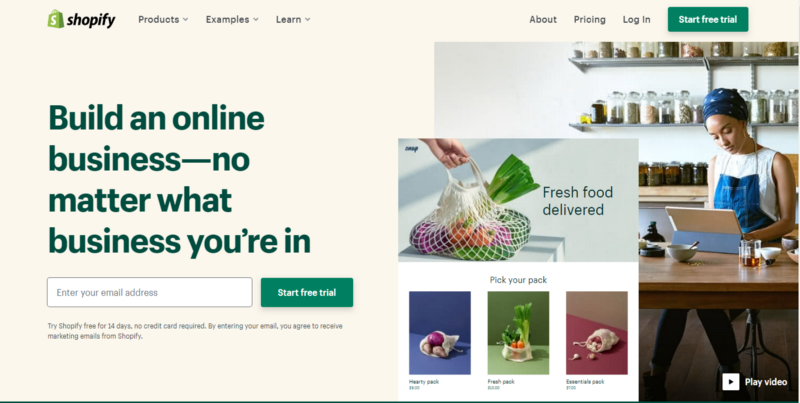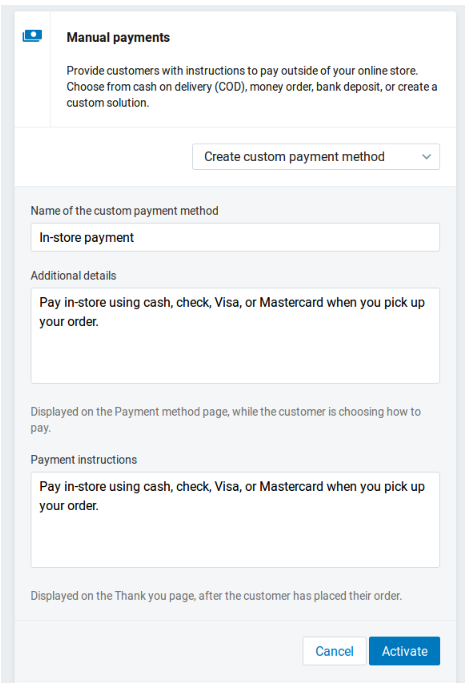Connecting your Shopify Print on Demand to your Ecommerce Store in 4 minutes
You may think that launching an eCommerce store is a daunting task and needs professional knowledge. As the entrepreneur, you just need to do thorough research for finding out the best tools and techniques for setting up an eCommerce store.
Here’s how you can connect, set up and launch your eCommerce store with one of the most popular Shopify print-on-demand apps. You can then explore the ad campaign and logo design once your store is set up.
1. Set business name
It is essential to choose a business name, but do not spend too much time on it. Think of something random and simple. For instances, let’s take an example of an online jewellery store, you can choose names like Utopia Jewellery, Blackwell Jewellery and Forever Jewellery and so on.
For adding a store, it is recommended to find a domain. You will need to find the available internet address (domain), and it will be easier to find the available one if the name has many words.
2. Choosing a domain name
One useful tool to come up with an e-commerce store name is the business name generator. You can add the keyword or two you want to put in your eCommerce store name, and it will provide you with recommendations. Then you can just scroll through the options and choose the business name you want and start your business. The business name generator is not only free but also easy to use. There is less need to worry when starting your own business.
Come up with a list of 10–15 brand name ideas. And make sure the name you choose is not trademarked and contains a .com domain address. Dotcom domains rank better in search engines, and most business brands also use this domain extension. You can use Shopify’s domain name registration tool to find .com domains. You can also see how much the domain costs, as well as who can buy and install it at your store.
How to start business using print-on-demand and Shopify?
3. Create a Shopify account

In the old days, you had to get a server, upload an eCommerce system for it, hire someone to customize it to suit your needs, and pay to maintain it. It was expensive, time-consuming, and the result was still a slow and ineffective website. Thanks, Shopify has made the process easier. You can build your eCommerce store with just a few clicks, and server setup and maintenance are taken care of. Go to shopify.com, click ‘Start your free trial’, enter your store name and create your store.
4. Sign up for Shopify App
The traditional eCommerce model Dell works like this: First, you buy several hundred products, then you wait for them to be delivered, stock them in your garage or small warehouse, and when someone places an order, you give them to your customer. This model works well for large companies, but for new entrepreneurs, it involves additional costs (storage space), risk (sold stock) and hassle (not a popular item in stock and ready for shipping). Which means you won’t miss out on potential sales). this model is an option namely drop shipping.
Shopify drop shipping enables you to figure out how to start an eCommerce store quickly so they can spend more time and energy generating sales. With drop shipping, you don’t have to keep any inventory and worry about shipping products, which also saves you time and money.
Just add the products to your e-commerce store and when you receive an order, pay the supplier who will send it directly to your customer. You don’t need to pay for having extra storage and need not to worry about the unsold stock.
Additional things to do after setting up the account
From here, we focus only on the business model as the option requires additional capital, time and risk. Also, the application drop shipping makes it easy to import products directly from the database in minutes. It is an application that allows you to import dropshipped products from your eCommerce store in minutes. Any order your store receives will be sent directly to your customers in just a few clicks.
> Set up payment

It is suggested to use Shopify Payments, regardless of the basis. It allows you to accept a variety of payments, including credit cards, Google Pay, Shop Pay and more. Shopify also providers a payment option to its users. All you need is to synchronize it with your bank account with personal details, bank account number and business information.
> Setup checkout
Shopify lets you view and modify your checkout settings. For new store owners, experts suggested keeping customer accounts optional so that customers can also see them as guests.
> Create the necessary policies
Shopify provides useful tools for creating terms and conditions, standard privacy and compensation policies. You can access this from the Shopify Settings> Legal> Scroll Refund> Privacy> Terms of Service> Shipping Statement section to create each policy template.
> Add free shipping rates
It is recommended that you offer your products to customers with a free delivery option. You can set it as default from your Shopify account settings. Go to Shopify Settings > Shipping and remove all domestic shipping zones. Next, click “Add Shipping Zone”. If you are offering free shipping, just select that type and then select “Rest of the World” if you are OK with shipping to other countries. Now go to “Add Rate” under “Price Based Rates” section and select “Free Shipping Rate”.
> Set up an online sales channel
Shopify lets you sell your products on multiple sites at online stores, Facebook stores, brick and mortar stores and more. Right now, we want to create an online store. If you add Shopify Settings > Sales Channel and Online Store as your sales channel, if it’s not already added automatically.
Final thoughts
Make a list of the things you want to achieve with your e-commerce business and start the learning process. Start an hour each day to improve your eCommerce store so you can further edit your website, find new ways to boost sales, and keep learning to grow your e-commerce business.
With hard work and sales pressure on your side, the opportunities are endless. All you need is to focus on what you want to start and why you want to start this eCommerce business. No matter where your eCommerce venture takes you, make sure you learn a lot about yourself and take your creativity, determination and perseverance to new heights.





Comments
Post a Comment